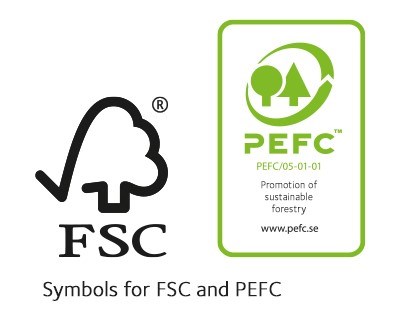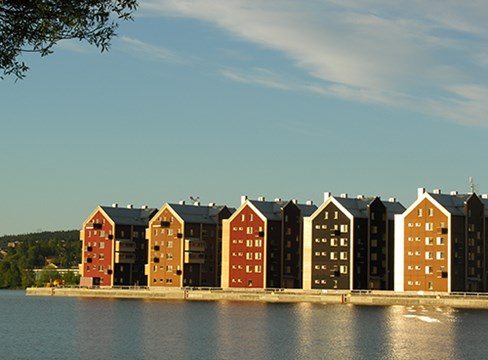Certification – Confirmation of Sustainable Forest Management
The demand for eco-friendly production of forest products from customers and consumers has led to new strategies from the forestry sector. The forestry sector is well aware that caring for the environment has very much become an economic issue. Nowadays, suppliers of forest products will have problems selling their products if they cannot demonstrate that the wood is coming from sustainable forestry. By using forest certification, the suppliers can demonstrate a commitment to the environment that end-users can have full confidence in. Certification is usually verification from an independent third party that a product is in accordance with the description. Forest certification is volontary and in addition to national forest policies.
There are two main schemes in Sweden – FSC (Forest Stewardship Council) and PEFC (Programme for the Endorsement of Forest Certification). In 2011 the FSC had 11,6 million hectares of certified forest land and the PEFC programme had 11,0 million hectares of certified forest land. As a customer you can have a high confidence in certified wood products from Sweden.
The Forest and The Climate
When the forest is sustainably managed, it becomes an infinite resource. The growing trees absorb CO2 from the atmosphere. Throughout their life, wood products then continue to store the carbon sequestered by the harvested trees. In a typical year (2007), the combination of Sweden’s forest uptake and net storage of CO2 exceeded its fossil fuel CO2 emissions from transport.
Through a combination of active forest management, use of logging residues for energy production, and manufacturing of wood-based products – Swedish emissions of CO2 can be reduced significantly. There is huge growth potential in the forests. Swedish experience of sustainable forest management stimulating net growth while protecting biodiversity can be an important model for reducing climate impact all around the world.




